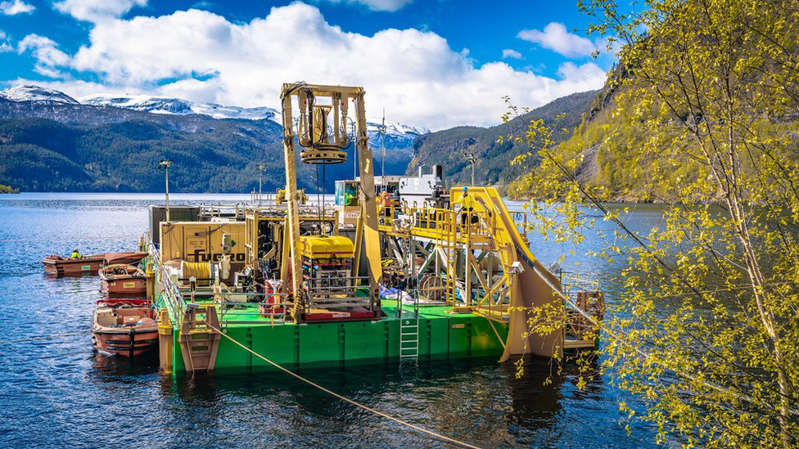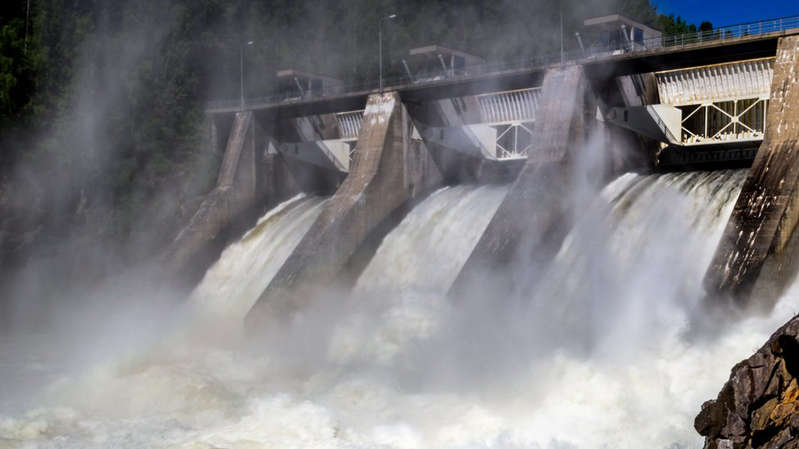
When laying the cable, specially designed barges were used
The world's longest 725 km submarine cable for the exchange of green electricity between the UK and Norway has been commissioned.
A cable laid along the bottom of the North Sea connected the town of Blyth in the north of England with the Norwegian village of Quilldal.
With a total capacity of 1,400 megawatts, the cable will be able to supply 1.4 million homes with electricity, according to a statement from the British energy company National Grid.
- British Navy will receive a new ship to protect submarine cables
- Google lays its own submarine cable to Europe
According to National Grid Ventures President Cordy O'Hara, the project has become a “masterpiece of engineering.”
“We went through the mountains, fjords and the North Sea to make it happen,” O'Hara said. “The North Sea Link (NSL) is a great example of the two countries working together to maximize renewable energy for mutual benefit.”
National Grid notes that a € 1.6 billion joint project with the Norwegian energy company Statnett will help reduce carbon dioxide emissions by 23 million tons by 2030.
Britain is already connected to the continent – Belgium, France and the Netherlands – by four submarine cables and the National Grid calculates that by 2030 up to 90% of the electricity imported this way will come from sources with zero carbon dioxide emissions.

It took 6 years to run the cable from Blyth to Quilldahl
Electricity generation from hydroelectric power plants in Norway and wind turbines in Britain is dependent on weather conditions and consumer demands.
Thanks to NSL cable, renewable electricity can be exported from Britain when demand is low and output from wind farms is high, or imported from Norway when conditions are reversed.

The cable will allow Britain and Norway to exchange electricity based on demand

